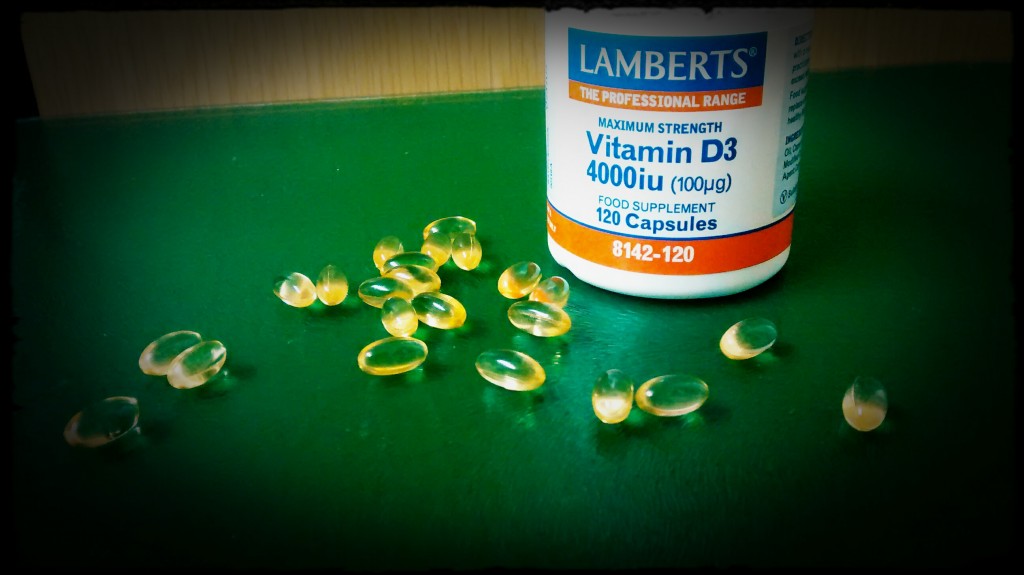Hypovitaminosis D is a condition characterised by deficient plasma levels of the vitamin D marker 25-hydroxyvitamin D [25(OH)D]. A plasma levels of 25(OH)D between 25 and 40 nmol/L (10 and 16 ng/mL) is considered insufficient. Such low plasma levels of 25(OH)D may increase the susceptibility of the individual to infections, blood sugar disorders and obesity, but do not cause outright deficiency symptoms. Severe deficiency of 25(OH)D below 25 nmol/L (10 ng/mL) is less common but considered a true vitamin deficiency. Correctly termed hypovitaminosis D, such low levels can lead to severe bone abnormalities such as osteomalacia in adults and rickets in children. Because vitamin D status can be improved through the action of ultraviolet sunlight on the skin, winter months in high latitude locations put many at risk of deteriorating levels of vitamin D. This is particularly problematic for those who may not replenish their levels during the summer months through a lack of exposure to sunlight when the sun is at its strongest. One group that has been shown to be particularly prone to hypovitaminosis D is the elderly.
The elderly may therefore be at risk of bone abnormalities if persistent hypovitaminosis D is present. Many studies have investigated at risk groups for hypovitaminosis D including the elderly. For example, in one study, researchers investigated the serum 25(OH)D plasma concentrations of 181 elderly subjects living in Ireland, who were institutionalised in a community dwelling1. In these subjects the mean serum 25(OH)D concentrations in serum was 10 nmol/L and values were below 25 nmol/L in 79 percent of the subjects. Therefore a large proportion of the subjects tested had hypovitaminosis D and were at increased risk of bone and blood sugar diseases. The authors monitored the hypovitaminosis in the subjects over time and reported seasonal variations in their plasma levels of 25(OH)D as might be expected. When the authors measured the levels of alkaline phosphatase in the subjects they found that those with the highest serum 25(OH)D concentrations had the lowest levels of alkaline phosphatase in their serum.
Because alkaline phosphatase is a possible marker for bone resorption and breakdown these data suggested that those subjects with the most severe hypovitaminosis D may have developed mild osteomalacia. The authors also assessed the serum 25(OH)D levels is 28 young adults during the study and found the vitamin D status to be significantly higher (mean value 33.5 nmol/L, range from 11.5 to 98 nmol/L). Therefore those who are institutionalized or have difficulty accessing the sun during the summer months may be at increased risk of hypovitaminosis D compared to those who are more likely to attain sunlight exposure. Of particular concern, 46 % of the subjects had serum 25(OH)D concentrations below 5 nmol/L, the lower detectable limit in the assay. This would almost certainly have resulted in severe deficiency symptoms and highlight the inadequacies of the diet in many institutions, particular for the elder. Because food sources of vitamin D are not common, supplementation should be considered in such cases.

